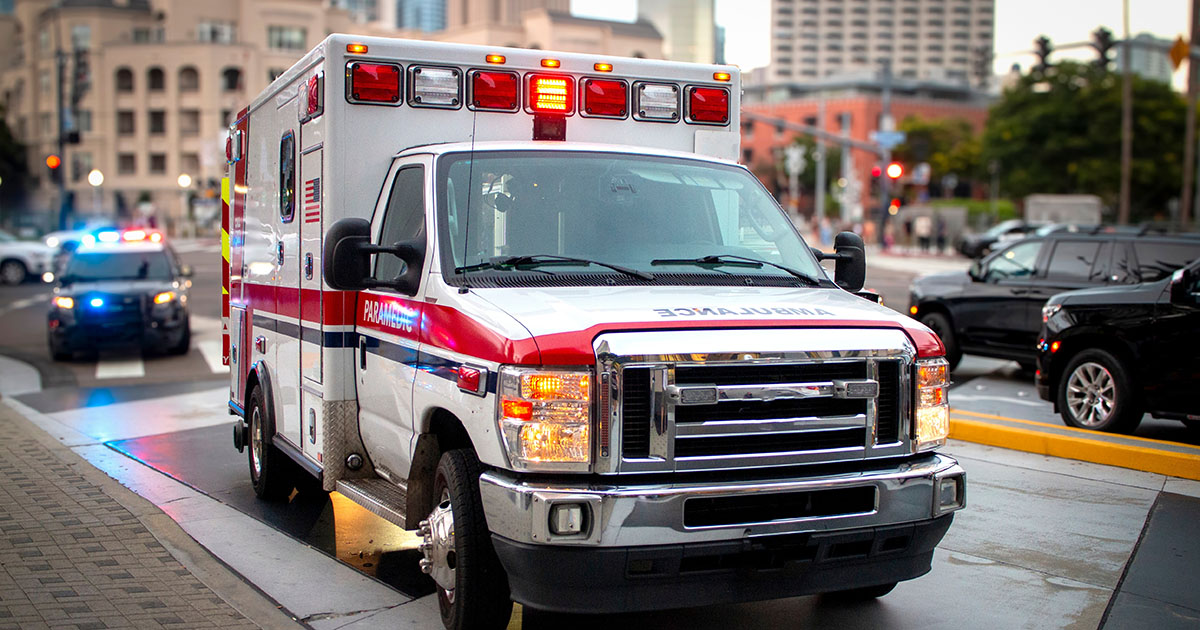Evaluation of Kings Against Violence Initiative’s Hospital-Based Violence Intervention Program (KAVI HVIP)

Overview
Victims of crime—especially violent crime—face many challenges related to their mental, physical, and emotional health and well-being. Research has shown that many people who perpetrate violence are past victims themselves, and this relationship is especially pronounced for young people. Given the complex impact of crime on victims, a range of support services are necessary to meet their needs. Although these services are widely available, it is estimated that only 1 in 10 victims receive them.
One promising avenue to increase victims’ access to services is to connect with them at the hospital following an incident of community violence. Hospital-based and hospital-linked violence intervention programs (HVIPs) provide comprehensive care for victims immediately following incidents. Such programs have existed for more than 30 years, but little is known about their effectiveness in reducing future violence.
To fill this evidence gap, this evaluation will assess the Kings Against Violence Initiative’s (KAVI) HVIP program in central Brooklyn. The program stations KAVI violence interrupters at the Kings County Hospital Center 24 hours a day, and provides victims between the ages of 12 and 26 who were admitted to the hospital with links to a full range of services to help them and their families recover from trauma, avoid future violence, and bring healing to their communities.
The mixed-method evaluation involves three components: (1) A study of the program’s implementation based on program-participation data and interviews with stakeholders, staff members, and participants. 2) A deeper analysis of participants’ experiences in the program based on those same interviews. (3) An impact evaluation of the program using a matched comparison group design. This impact evaluation will compare the future hospital admissions and new arrests of KAVI HVIP participants with those of similar young people served at public Level 1 trauma centers in New York City that do not yet offer a full HVIP.






